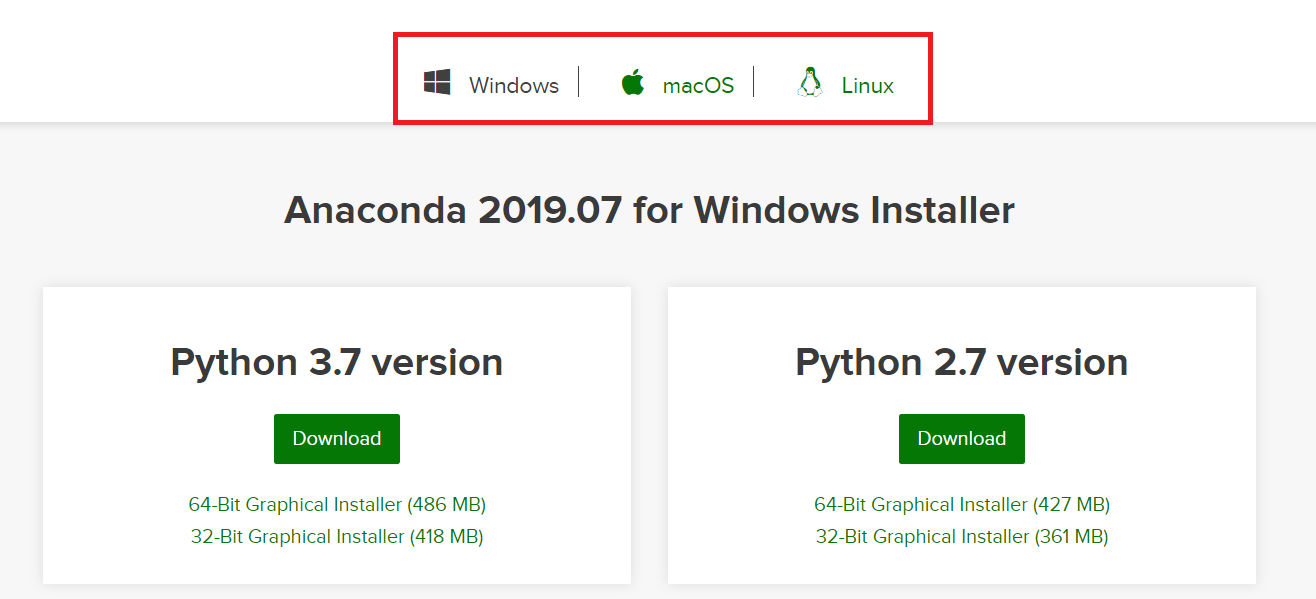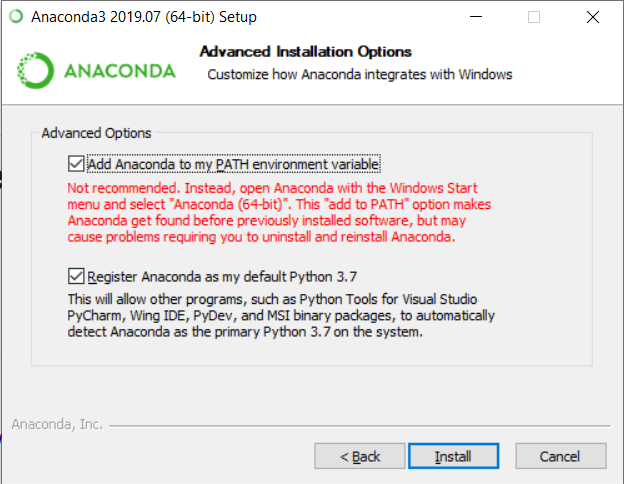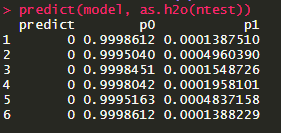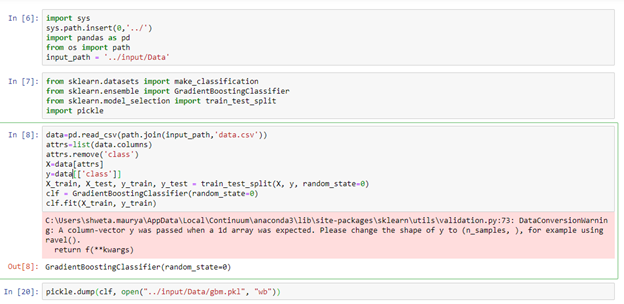The DALEXtra package is an extension pack for
DALEX package. It contains
various tools for XAI (eXplainable Artificial Intelligence) that can
help us inspect and improve our model. Functionalities of the DALEXtra
could be divided into two areas.
- Champion-Challenger analysis
- Lets us compare two or more Machine-Learning models, determinate which one is better and improve both of them.
- Funnel Plot of performance measures as an innovative approach to measure comparison.
- Automatic HTML report.
- Cross language comparison
- Creating explainers for models created in different languges so they can be explained using R tools like DrWhy.AI family.
- Currently supported are Python scikit-learn and keras, Java h2o, R xgboost, mlr, mlr3 and tidymodels.
# Install the development version from GitHub:
# it is recommended to install latest version of DALEX from GitHub
devtools::install_github("ModelOriented/DALEX")
# install.packages("devtools")
devtools::install_github("ModelOriented/DALEXtra")or latest CRAN version
install.packages("DALEX")
install.packages("DALEXtra")Other packages useful with explanations.
devtools::install_github("ModelOriented/ingredients")
devtools::install_github("ModelOriented/iBreakDown")
devtools::install_github("ModelOriented/shapper")
devtools::install_github("ModelOriented/auditor")
devtools::install_github("ModelOriented/modelStudio")Above packages can be used along with explain object to create
explanations (ingredients, iBreakDown, shapper), audit our model
(auditor) or automate the model exploration process (modelStudio).
Without any doubts, comparison of models, especially black-box ones is
a very important use case nowadays. Every day new models are being created
and we need tools that can allow us to determinate which one is better.
For this purpose we present Champion-Challenger analysis. It is set of
functions that creates comparisons of models and later can be gathered
up to create one report with generic comments. Example of report can be
found
here.
As you can see any explanation that has generic plot() function can be
plotted.
Core of our analysis is funnel plot. It lets us find subsets of data where one of the models is significantly better than the other ones. That ability is insanely useful, when we have models that have similiar overall performance and we want to know which one should we use.
library("mlr")
library("DALEXtra")
task <- mlr::makeRegrTask(
id = "R",
data = apartments,
target = "m2.price"
)
learner_lm <- mlr::makeLearner(
"regr.lm"
)
model_lm <- mlr::train(learner_lm, task)
explainer_lm <- explain_mlr(model_lm, apartmentsTest, apartmentsTest$m2.price, label = "LM",
verbose = FALSE, precalculate = FALSE)
learner_rf <- mlr::makeLearner(
"regr.randomForest"
)
model_rf <- mlr::train(learner_rf, task)
explainer_rf <- explain_mlr(model_rf, apartmentsTest, apartmentsTest$m2.price, label = "RF",
verbose = FALSE, precalculate = FALSE)
plot_data <- funnel_measure(explainer_lm, explainer_rf,
partition_data = cbind(apartmentsTest,
"m2.per.room" = apartmentsTest$surface/apartmentsTest$no.rooms),
nbins = 5, measure_function = DALEX::loss_root_mean_square, show_info = FALSE)plot(plot_data)[[1]]Here we will present a short use case for our package and its compatibility with Python.
In order to be able to use some features associated with DALEXtra,
Anaconda is needed. The easiest way to get it, is visiting Anaconda
website. And choosing proper OS
as it stands in the following picture.
 There is no big difference bewtween Python versions when downloading
Anaconda. You can always create virtual environment with any version of
Python no matter which version was downloaded first.
There is no big difference bewtween Python versions when downloading
Anaconda. You can always create virtual environment with any version of
Python no matter which version was downloaded first.
Crucial thing is adding conda to PATH environment variable when using Windows. You can do it during the installation, by marking this checkbox.
or, if conda is already installed, follow those instructions.
While using unix-like OS, adding conda to PATH is not required.
First we need provide the data, explainer is useless without them. The thing
is that Python object does not store training data so we always have to provide
a dataset. Feel free to use those attached to DALEX package or those
stored in DALEXtra files.
titanic_test <- read.csv(system.file("extdata", "titanic_test.csv", package = "DALEXtra"))Keep in mind that dataframe includes target variable (18th column) and scikit-learn models cannot work with it.
Creating explainer from scikit-learn Python model is very simple thanks
to DALEXtra. The only thing you need to provide is path to pickle and,
if necessary, something that lets recognize Python environment. It may
be a .yml file with packages specification, name of existing conda
environment or path to Python virtual environment. Execution of
scikitlearn_explain only with .pkl file and data will cause usage of
default Python.
library(DALEXtra)
explainer <- explain_scikitlearn(system.file("extdata", "scikitlearn.pkl", package = "DALEXtra"),
yml = system.file("extdata", "testing_environment.yml", package = "DALEXtra"),
data = titanic_test[,1:17], y = titanic_test$survived, colorize = FALSE)## Preparation of a new explainer is initiated
## -> model label : scikitlearn_model ( default )
## -> data : 524 rows 17 cols
## -> target variable : 524 values
## -> predict function : yhat.scikitlearn_model will be used ( default )
## -> predicted values : numerical, min = 0.02086126 , mean = 0.288584 , max = 0.9119996
## -> model_info : package reticulate , ver. 1.16 , task classification ( default )
## -> residual function : difference between y and yhat ( default )
## -> residuals : numerical, min = -0.8669431 , mean = 0.02248468 , max = 0.9791387
## A new explainer has been created!
Now with explainer ready we can use any of DrWhy.Ai universe tools to make explanations. Here is a small demo.
library(DALEX)
plot(model_performance(explainer))library(ingredients)
plot(feature_importance(explainer))describe(feature_importance(explainer))## The number of important variables for scikitlearn_model's prediction is 3 out of 17.
## Variables gender.female, gender.male, age have the highest importantance.
library(iBreakDown)
plot(break_down(explainer, titanic_test[2, 1:17]))describe(break_down(explainer, titanic_test[2, 1:17]))## Scikitlearn_model predicts, that the prediction for the selected instance is 0.132 which is lower than the average model prediction.
##
## The most important variable that decrease the prediction is class.3rd.
##
## Other variables are with less importance. The contribution of all other variables is -0.108.
library(auditor)
eval <- model_evaluation(explainer)
plot_roc(eval)# Predictions with newdata
predict(explainer, titanic_test[1:10, 1:17])## [1] 0.3565896 0.1321947 0.7638813 0.1037486 0.1265221 0.2949228 0.1421281
## [8] 0.1421281 0.4154695 0.1321947
Work on this package was financially supported by the NCN Opus grant 2016/21/B/ST6/02176.
















